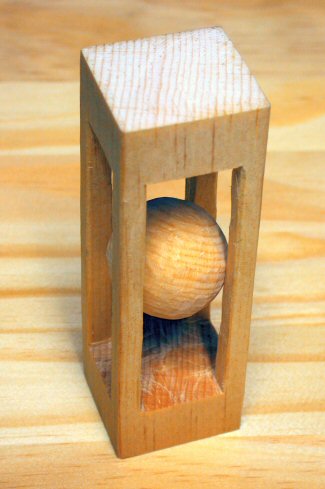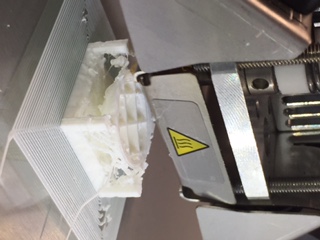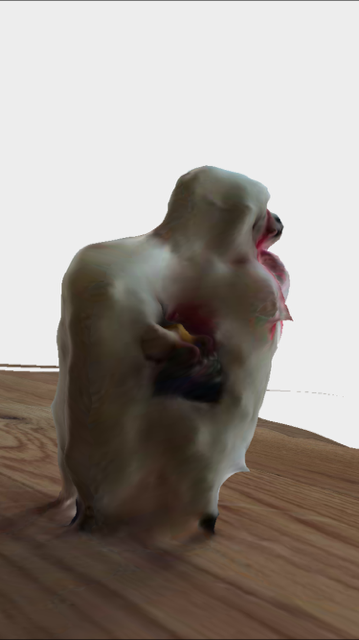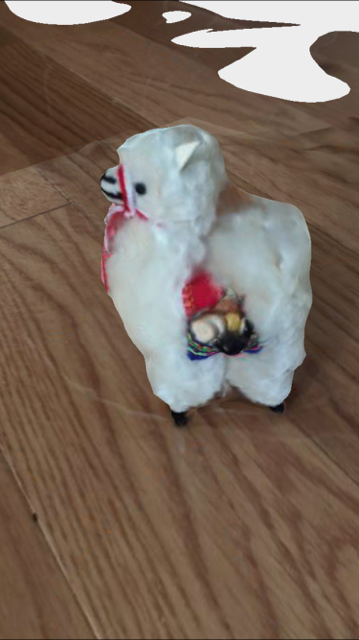Week 3: 3D Printing and scanning
The prompt for this week, create something that cannot be made subtractively, caused me to think about traditional, subtractive fabrication techniques and how 3D printing might replace or enhance those. Whittling, for example, struck me as relevant both in the scale and duration of the projects (wowee does 3D printing take a long time).
My inspiration for this assignment was a common whittler's trick: the Ball-in-Cage:

I'm not a whittler, but I appreciate the elegance in taking a solid form and from it creating two distinct but constrained forms. I wondered if I might be able to achieve such an object using digital and additive means. The design was created with Rhino.




I used the Ultimaker for this print and, as is evident from the pictures, it was a mess. I initially thought the reason for all the excess bits might have been that I didn't provide supports for the upper surface of the design, but upon inspection I found that the extruder had trouble even before getting to the design in the preliminary rim on the printer bed. Others who used this machine had similarly messy experiences with the Ultimaker, so I would assume that it has something to do with the extrusion mechanism -- maybe it's not achieving the correct heat, for example. I will have to go back to see if the problem persisted and how it can be corrected.
To 3D scan, I used 123D Catch to create a 3D depiction of a little llama I have in my room.



